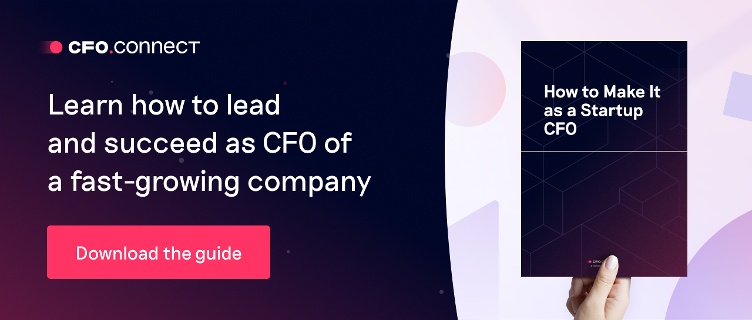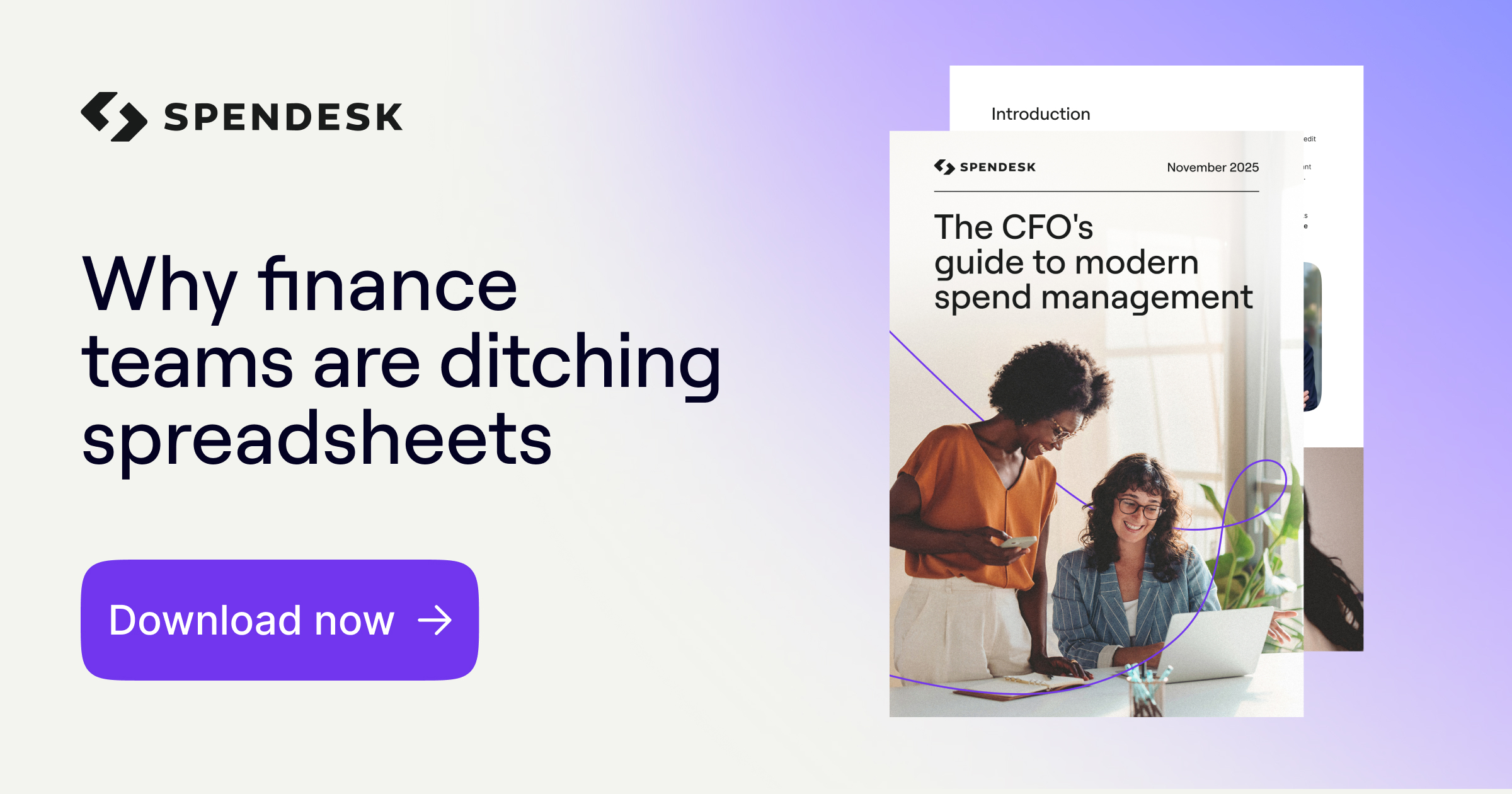)
Building a business is a team sport. In order to win, you need to have the right people and the right processes in place, as well as the right attitude. You also need a clear vision - your compass for all important decisions during early growth.
As the business scales, finance teams need to support that company vision through informed business forecasting, budgeting, reporting and analysis.
According to Darren Glanville, Country Manager UK & EMEA at Fathom, business forecasting is essential for any company, regardless of their growth stage or their industry: “It shouldn't be something that we just do once. It’s something that should be done on a regular basis. This helps companies stay true to their values and be aware of them.”
Fathom provides finance teams with insightful reporting, fast cash flow forecasting and actionable financial insights. In a live CFO Connect webinar Darren gave his keys to great startup forecasting, and shared insightful tips on how to build a business forecasting strategy with the CFO Connect community.
What is a business forecasting strategy?
Business forecasting is nothing new - it's been powering the growth strategy of businesses for decades. This process consists of leveraging data (past and present) to predict future business developments. And it relies heavily on businesses to identify clear trends in their financial data.
But this isn’t only about the data itself, as Darren rightly explains during the webinar. Business forecasting also refers to the tools and the technology used to refine a business’ strategy.
The importance of choosing the right forecasting tools
For many finance leaders, business forecasting happens mainly in Excel. And there’s nothing wrong with that. But as Darren explains, “I just think it has certain limitations when it comes to depreciation. We can put a lot of effort and work into using tools like Excel to model those events out, but very quickly depreciating values can be wrong.”
One of the challenges of business forecasting is in making something complex very simple. And luckily, in the past few years, a lot of new technologies have developed to help finance teams reach this objective.
For starters, “the rise of APIs over the last 10 years has given us the ability to link disparate systems.“
APIs are not the only innovative products finance leaders can leverage as part of building their business forecasting strategy. Artificial intelligence and machine learning have also allowed some organizations to up their forecasting game significantly.
According to Darren, ”We've never been in such an environment where technology is really pushing us forward. We can now use this information and data in a way that we've never been able to before. This is where I think businesses are becoming much smarter, and this is something that we couldn’t do in Excel.”
New technologies are supercharging business forecasting
Besides helping finance teams perform better, new technologies also make financial analysis more accessible. “Not everyone understands the traditional spreadsheet reports like finance people do. People like to consume data in various different ways. Some people like to consume it on screen.
"Some people like it in a slightly different table, a chart, some people want to have something more tangible in their fingers when they're thumbing through it. There are various ways in which we can do that thanks to new technologies.”
These technologies give finance teams opportunities they can really leverage. But Darren adds a word of caution: “AI and automation really can do a lot of the heavy lifting for us, but some of the analysis needs a little bit more context. And I think there's a danger that sometimes we can overplay the role of automation in some of the prediction algorithms that are out there.”
During the webinar, Darren shared his insights on how to build a solid strategy, and the different stages to consider.
3 keys to a more impactful business forecasting strategy
1. Clean up the data
For Darren, robust data is the starting point of any relevant business forecasting - it's the underlying pillar of strategy. As he mentions in the webinar, “this is because the clarity of data isn't, we're going to need to get garbage in and garbage out.”
In this regard, to his point, ensuring that pre-accounting is correctly done is even more important than the general ledger.
2. Select the right metrics for business forecasting
Once the data is ready, the second step towards a good business forecasting strategy is to analyse the relevant data. Setting KPIs and lead indicators is the best way to reach that objective.
As Darren explains, it’s essential to keep forecasting business evolution as much as possible. “Whether it's a single North Star metric, or if we're analyzing several KPIs, we can forecast the number of people we need to hire, the evolution of our assets, the need for purchases... Are we taking loans for those assets and putting those into the system? What payment terms are they, how can we service that debt?”
But forecasting isn't solely about figuring out future needs for growth. It’s also about anticipating sudden changes in the business environment. This way, organizations are more likely to respond and adapt to unexpected events.
Darren insists on the importance of building several scenarios. “What happens if something changes? If 20% of our customer base suddenly disappeared tomorrow, what situation would our labor be in? Can we still service our debts? The ability to look at each of those together and to model those out to see the impact is crucial.”
Business forecasting is all about identifying those future needs and figuring out, with the help of data, how to turn those forecasts into informed business decisions and a consistent strategy.
But data itself isn’t enough - it needs to be turned into insights to enable finance leaders to make good decisions.
3. Turn data into smart forecasting insights
Beyond cleaning, collecting and analyzing business forecasting data, the capacity to identify insights is key for companies.
Per Darren, “when I talk to accountants about this, or when I talked to their customers about this, this is really where the power of business forecasting comes in. Data without insights is irrelevant. It's just giving you signals. We need to create real connections between bits of data and information that we have on customers, invoices, and the products they buy.”
As he perfectly sums up, finance leaders need to give their business forecasting data meaning, so that it becomes knowledge. And in turn, this knowledge can become the fuel for an actionable forecasting strategy and smart business decisions.
If there’s one thing we’ve learned from Darren’s experience, it’s that even if one may look at forecasting purely from a financial perspective, ultimately, it's about much more. It’s crucial for organizations not to underplay the importance of how they can use business forecasting to model their strategy.
But to build an efficient forecasting model, as Darren said, businesses need to adopt a "garbage in, garbage out" approach. Which means you need to ensure you have the clean, accurate spend data you need to build better financial forecasts.
And that's where smart spend management makes all the difference.




)
)
)
)
)